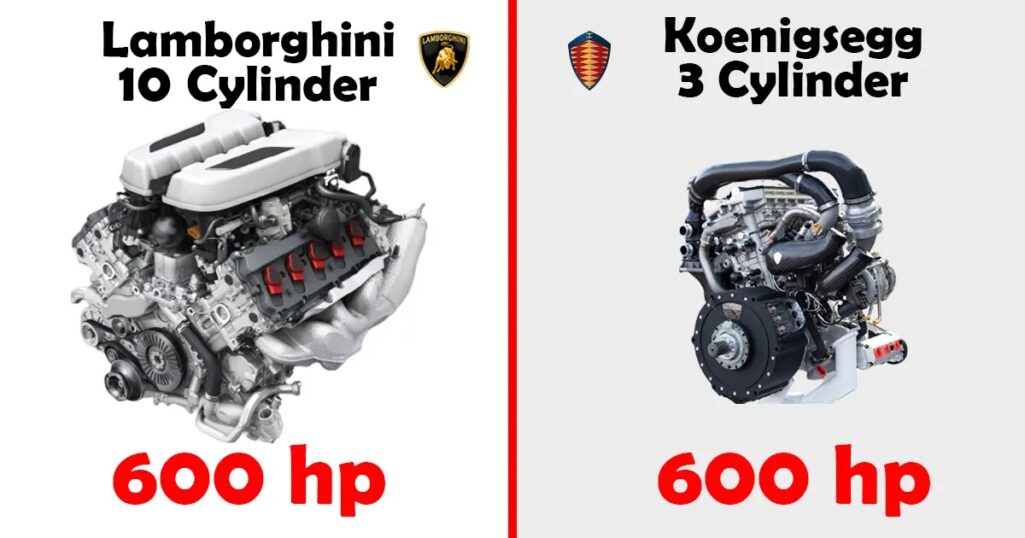
Koenigsegg and freevalve
Christian von Koenigsegg created the Swedish company in 1994 to produce a “world-class” sports car. It took many years of development and testing to bring the first production car CC8S, to market in 2002.
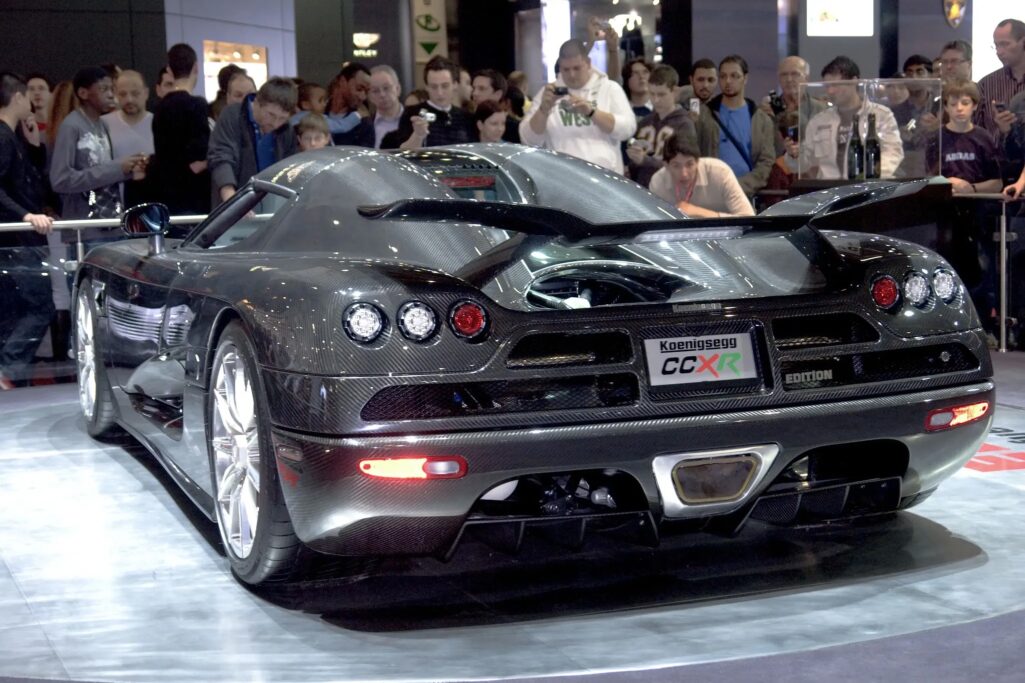
Koenigsegg is active in “green technology” development programs beginning with the CCXR flex-fuel sports car and continuing with the Jesko. Koenigsegg is also working on next-generation internal combustion technologies and plug-in electric car systems. Koenigsegg also created a camless piston engine, which debuted in the 2020 Gemera.
What is Koenigsegg’s free valve technology?
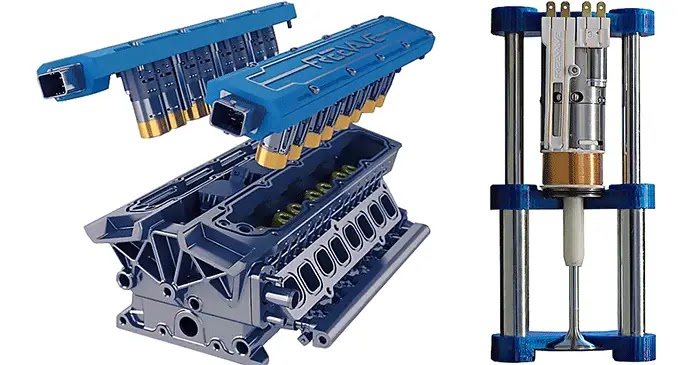
Free valve technology substitutes camshafts valve with pneumatic actuators. Instead of a camshaft, each valve has its own electronically controlled actuator. The valves no longer follow a predefined camshaft lobe profile, allowing the programmer to create whatever valve timing they want.
What’s the problem with camshaft valves?
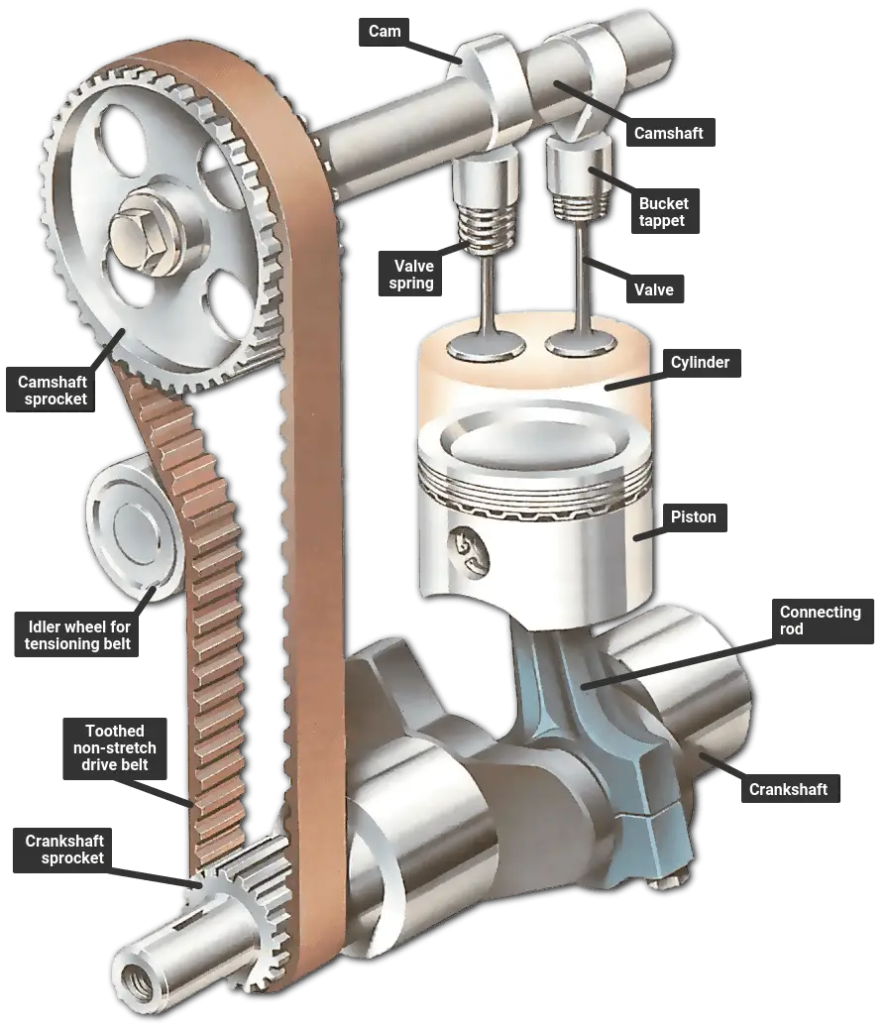
Standard internal combustion engines use at least one rotating camshaft to open and close the valves. When the crank spins faster, the valve opens for a shorter period of time, providing the least amount of air when it is most needed. Which leads to low efficiency at higher RPMs
Variable valve timing to solve the problem
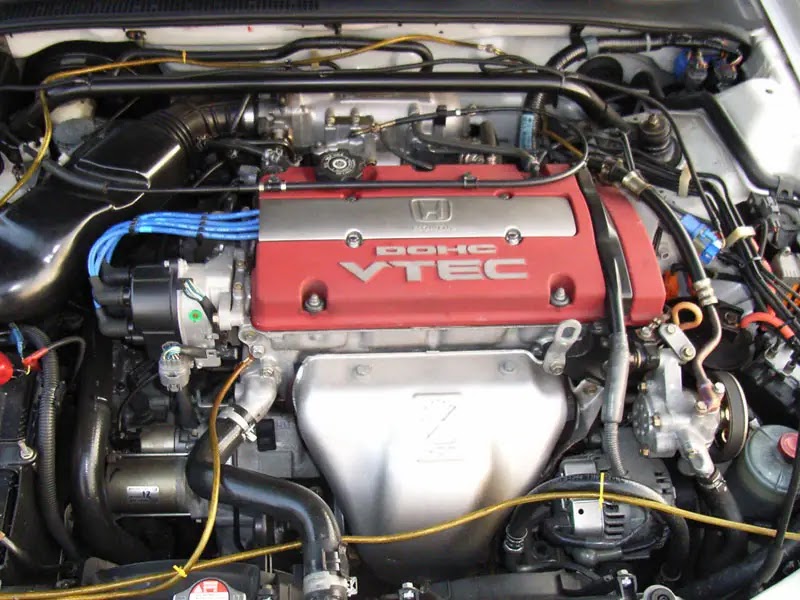
Variable Valve Timing & Lift Electronic Control (VTEC) is a type of valve-timing technology invented by Honda. This type of system uses oil pressure to change cam profiles. The cam profile allows the increase of valve lift at higher engine speeds, which allows more air to enter the cylinders.
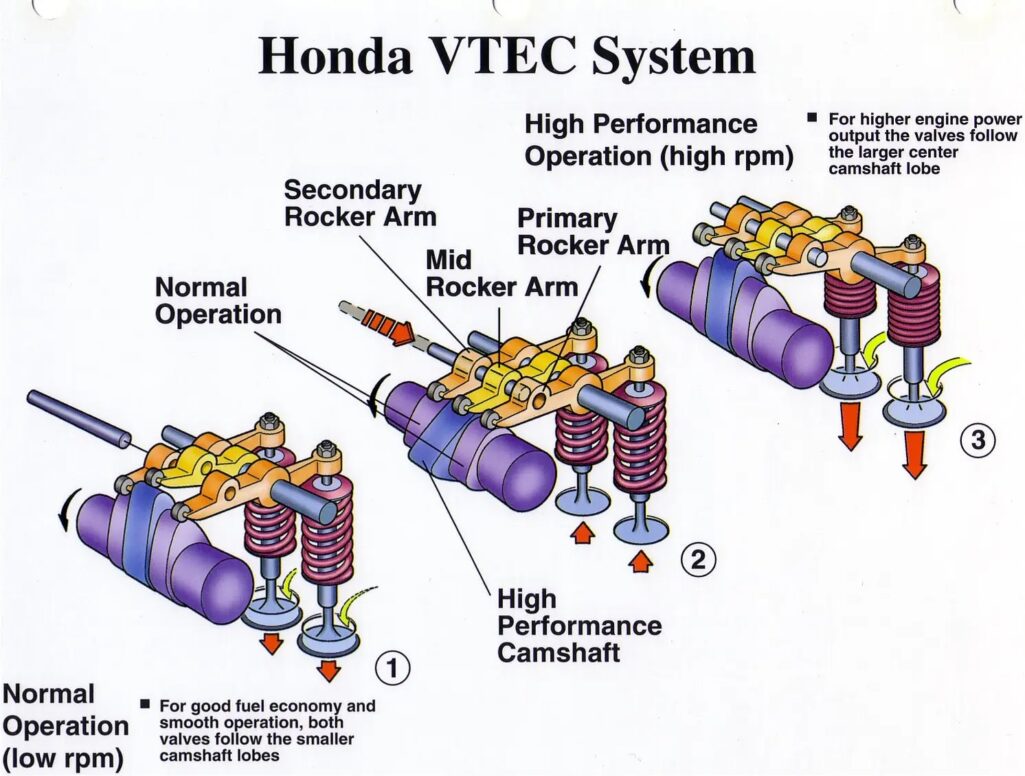
This increases the amount of power that can be produced. Many of Honda’s high-performance cars, such as the NSX, Integra Type R, S2000, and Civic Type R, have used VTEC since its introduction in the late 1980s.
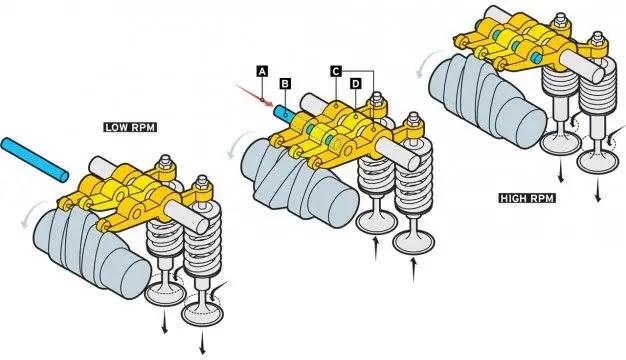
How freevalve work?

An electrical impulse is transmitted to the solenoid of the valve, causing it to open. The opening of the valve is controlled by a mixture of air and hydraulic pressure, cancelling any vibrations generated by the solenoid. The opening of the valve is also determined by the air and hydraulic pressures. When the electrical signal from the solenoid is removed, the hydraulic pressure forces it to close.

An engine without the mechanical limitations of steel camshafts is the Koenigsegg Freevalve engine in its most basic form. Each valve position is controlled by its own actuator. Koenigsegg has been working on a camless head for 13 years and recently published this video:
Advantages of Freevalve
Freevalve is an invention that revolutionized the industry of internal combustion engines because of its remarkable advantages, here’s a list of the top noticeable benefits:
1. Higher Efficiency
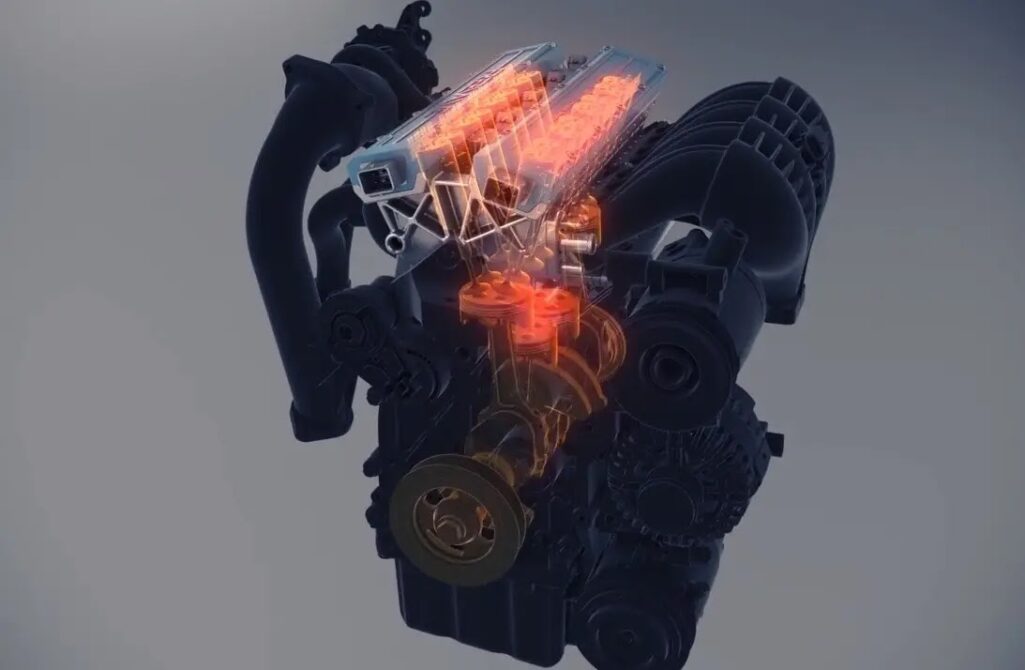
The camless design of FreeValve allows the valve to open and close nearly instantly. This results in a far more efficient fuel-air combination. As mentioned before that the Koenigsegg gemera 3 cylinder 2.0L engine produces the same horsepower (600hp @7500rpm) as the 5.2L v10 Lamborghini huracan.
2. Compact size
Freevalve’s small size and lightweight are also notable. It is shorter, narrower, and thinner compared to an overhead camshaft engine. This is partly due to the absence of a chain drive to drive the camshafts and the lack of any additional components outside the valve and the spring and actuator system.

A separate actuator and spring mechanism controls each valve instead of a camshaft, allowing the valves to operate independently. It controls the timing, the lift, and the duration for each valve when opening and closing.
4. Emissions
Camless engines emit less pollutants than camshaft engines because they can more accurately regulate the combustion mechanism, allowing for more complete burning of all hydrocarbons.
Disadvantages of Freevalve
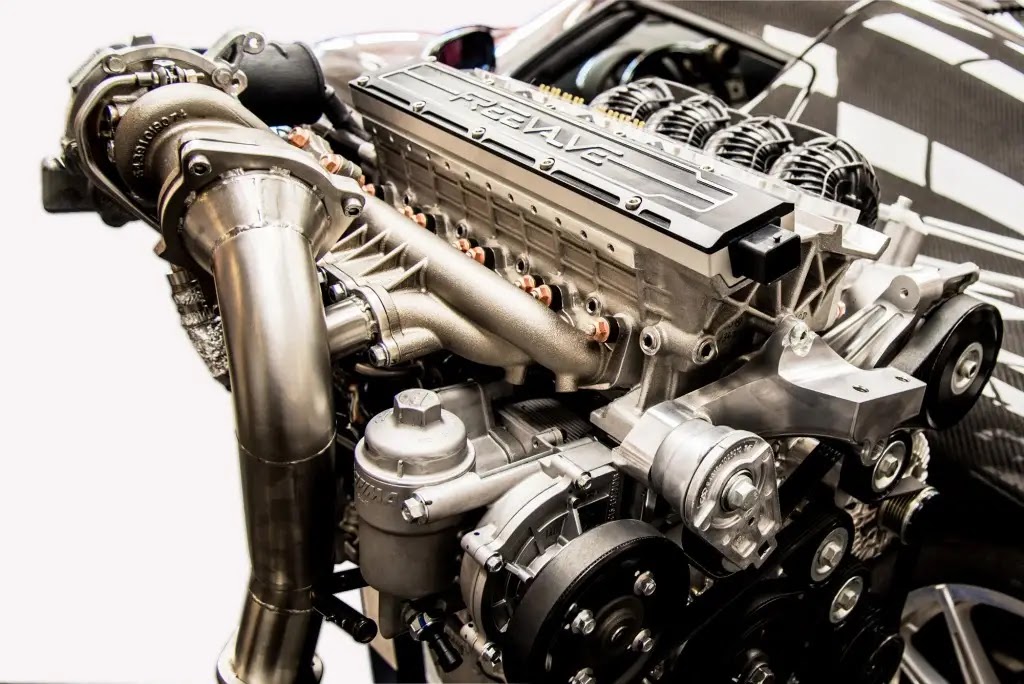
Cost and complexity are two obvious disadvantages to this system. Intuitively, you’re replacing metal components with modern electronics, as well as high-pressure seals for both air and oil controls, but we don’t have any specific data. Seals may and do become worn, when that happens, they leak. And if something does go wrong, it’s going to cost a lot of money to fix it. There are a few more factors to take into account. So while the engine benefits from not having to drive cams, it now has to drive an auxiliary air pump, which isn’t as convenient as it used to be.
Why free valve technology is the future?

Source: Koenigsegg
In my opinion, the camless engine technology revolution will be similar to the fuel injection revolution that overcame the carburetors, the industry moved from mixing fuel and air mechanically by carburetors to electronic fuel injection, in a similar way the mechanical valves will become from the past. The whole automotive industry will move to electronically controlled valves one day.
No comments:
Post a Comment